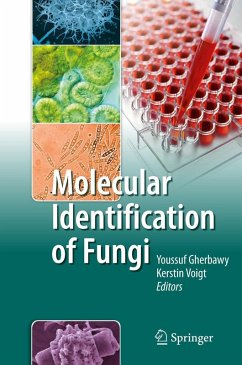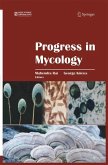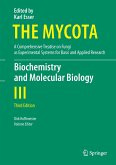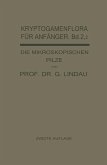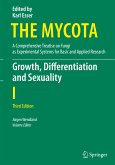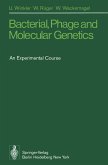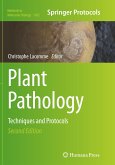Fungi enjoy great popularity in pharmaceutical, agricultural, and biotechnological applications. Recent advances in the decipherment of whole fungal genomes promise an acceleration of these trends.
This timely book links scientists from different parts of the world who are interested in the molecular identification of fungi combined with the exploration of the fungal biodiversity in different ecosystems. It provides a compendium for scientists who rely on a rapid and reliable detection of fungal specimens in environmental as well as clinical resources in order to ensure the benefit of industrial and clinical applications.
Chapters focus on the opportunities and limits of the molecular marker-mediated identification of fungi. Various methods, procedures and strategies are outlined. Furthermore, the book offers an update of the current progress in the development of fungal molecular techniques, and draws attention to potential and associated problems, as well as integrating theory and practice.
This timely book links scientists from different parts of the world who are interested in the molecular identification of fungi combined with the exploration of the fungal biodiversity in different ecosystems. It provides a compendium for scientists who rely on a rapid and reliable detection of fungal specimens in environmental as well as clinical resources in order to ensure the benefit of industrial and clinical applications.
Chapters focus on the opportunities and limits of the molecular marker-mediated identification of fungi. Various methods, procedures and strategies are outlined. Furthermore, the book offers an update of the current progress in the development of fungal molecular techniques, and draws attention to potential and associated problems, as well as integrating theory and practice.
From the reviews:
"This book is about using molecular techniques for identification of fungi. ... The book is well laid out but has few good illustrations and each chapter is provided by a special topic, so the reader can go through separately and easily. All chapters are well referenced and indexed at the back of the book. The book should be available in all university and public libraries, and research laboratories especially those who are interested in molecular phylogenetics." (Jian-Kui Liu, Fungal Diversity, April, 2012)
"This book is about using molecular techniques for identification of fungi. ... The book is well laid out but has few good illustrations and each chapter is provided by a special topic, so the reader can go through separately and easily. All chapters are well referenced and indexed at the back of the book. The book should be available in all university and public libraries, and research laboratories especially those who are interested in molecular phylogenetics." (Jian-Kui Liu, Fungal Diversity, April, 2012)

